Potentially fatal combinations of humidity and heat are emerging across the globe

Analyzing data from weather stations from 1979 to 2017, scientists found that extreme heat/humidity combinations doubled, and not surprisingly, incidents tended to cluster on coastlines along confined seas, gulfs and straits, where evaporating seawater provides abundant moisture to be sucked up by hot air.
Sea levels could rise more than a metre by 2100, experts say
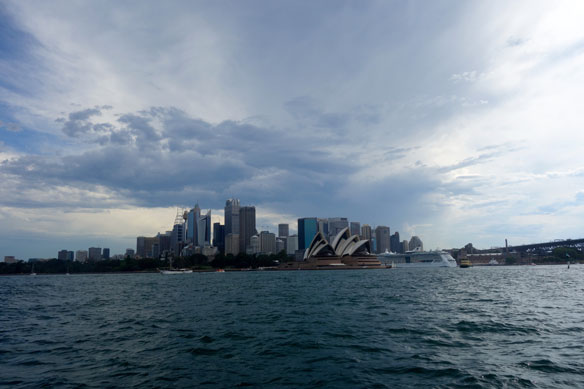
Sea-level rise is faster than previously believed and could exceed 1 metre by the end of the century unless global emissions are reduced, according to a survey of more than 100 specialists.
New report: coastal adaptation against sea level rise makes economic sense

A new study underlines that coastal adaptation measures can protect Europe’s communities from coastal flooding while also being economically efficient.
A radar for plastic: High-resolution map to track plastic emissions in seas

A team of scientists developed a new method to combat plastic emissions, taking into account the origin of plastic emissions.
Authorities seize record 26 tons of illegal shark fins in Hong Kong

Customs officials in Hong Kong have seized 26 tons of shark fins from an estimated 38,500 sharks classified as vulnerable and protected species — the biggest shipment ever to be intercepted in the region. This recent shipment, which came from Ecuador, is valued at $1.1 million.
Global trade in soy has major implications for climate
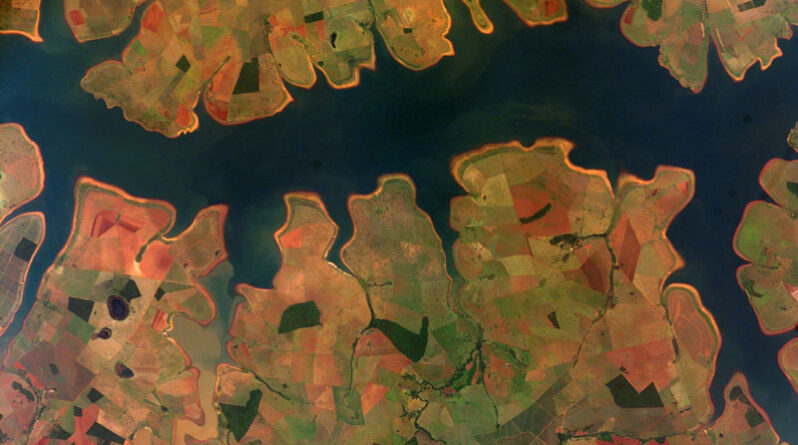
Global soy trade is a major source of greenhouse gas emissions for multiple reasons. The conversion of natural vegetation into arable land is probably the most important cause, but greenhouse gases are also released during the harvesting, the processing into derived products, the subsequent transport to ports of export and shipment.
California’s critical kelp forests are disappearing in a warming world. Can they be saved?
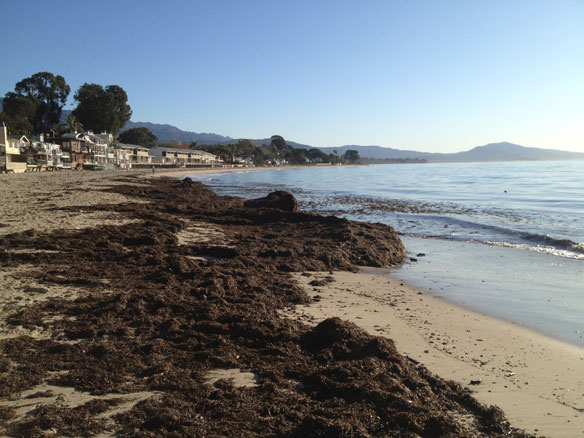
The “sequoias of the sea” suck up carbon and shelter special species. They’ve been hit hard, but scientists, surfers, and more are banding together to save them.
The world is paying a high price for cheap clothes
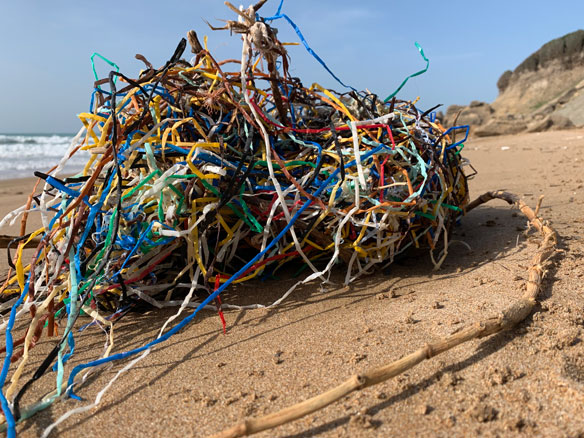
The global fashion industry generates a huge amount of waste – one full garbage truck of clothes is burned or sent to a landfill every second, and, 60% of materials used by the industry are plastic fibers – the equivalent of 50 billion plastic bottles are leaked into the ocean through garment wash every year.
Scientists find highest ever level of microplastics on seafloor
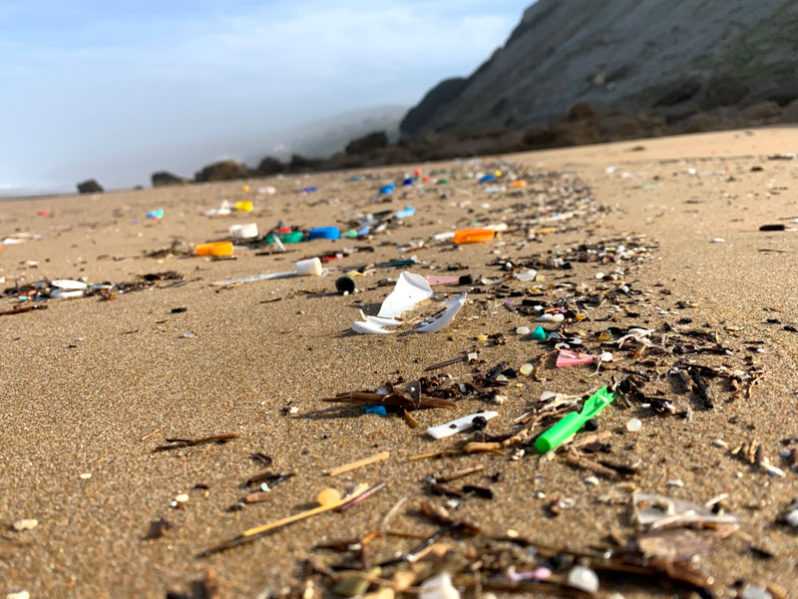
An international research project has revealed the highest levels of microplastic ever recorded on the seafloor, with up to 1.9 million pieces in a thin layer covering just 1 square meter. The hotspots appear to be the deep-sea equivalents of the so-called ‘garbage patches’ formed by currents on the ocean surface.
